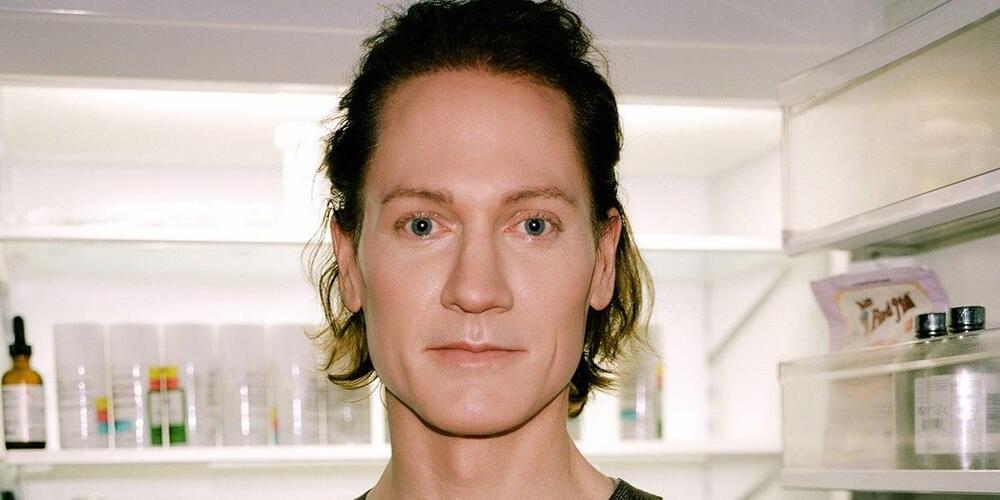McMaster researchers have uncovered a fast and effective way to detect cancer stem cells before the disease recurs in adults who previously underwent treatment.
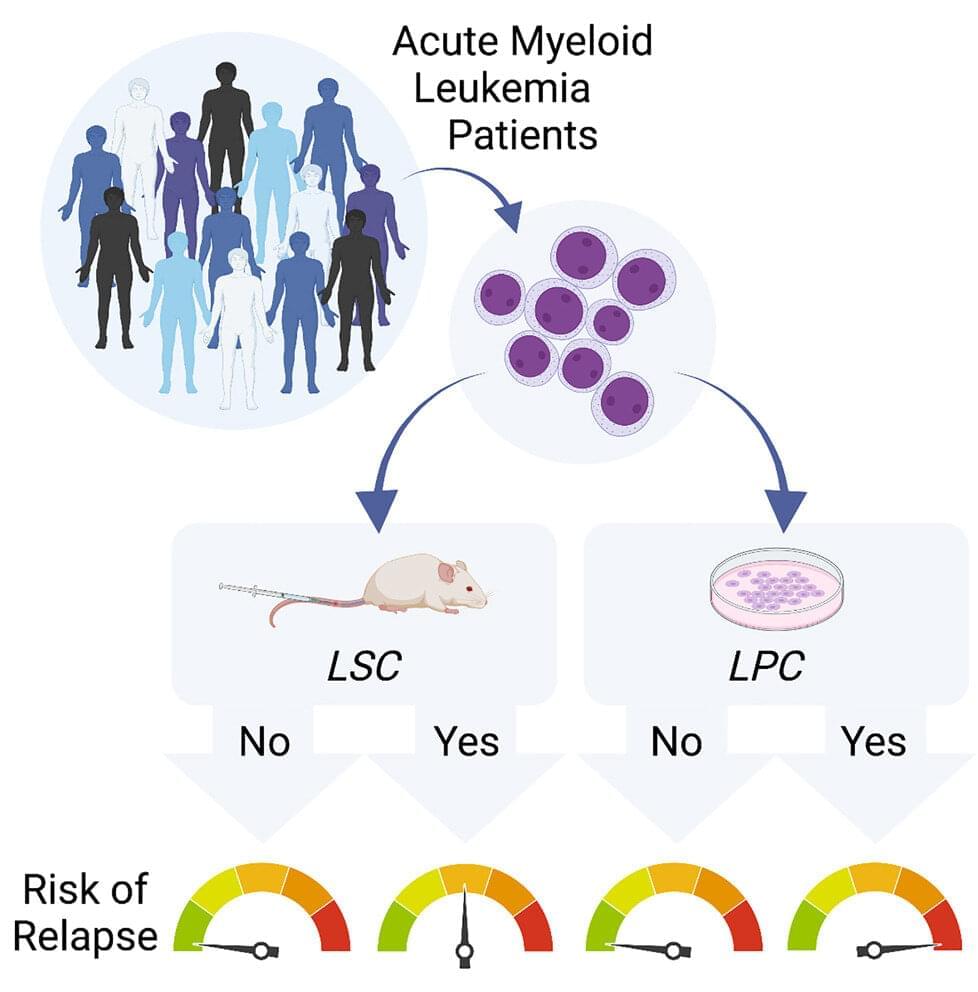

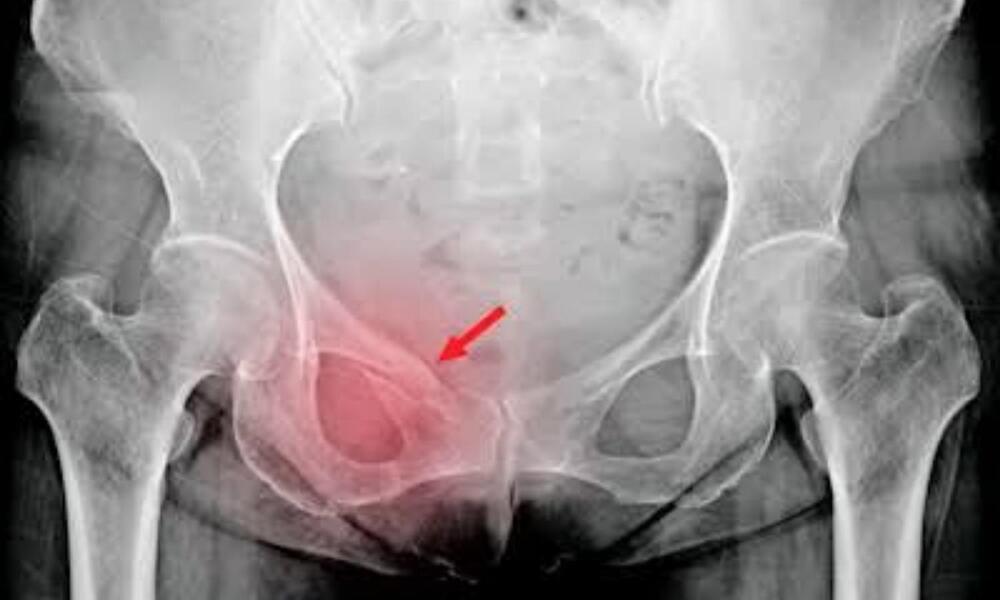
Singapore: A research paper, published in iScience, has decribed the development of a deep learning model for predicting hip fractures on pelvic radiographs (Xrays), even with the presence of metallic implants.
Yet Yen Yan of Changi General Hospital and colleagues at the Duke-NUS Medical School, Singapore, and colleagues developed the AI (artificial intelligence) algorithm using more than fortythousand pelvic radiographs from a single institution. The model demonstrated high specificity and sensitivity when applied to a test set of emergency department (ED) radiographs.
This study approximates the realworld application of a deep learning fracture detection model by including radiographs with suboptimal image quality, other nonhip fractures and meta llic implants, which were excluded from prior published work. The research team also explored the effect of ethnicity on model performance, and the accuracy of visualization algorithm for fracture localization.
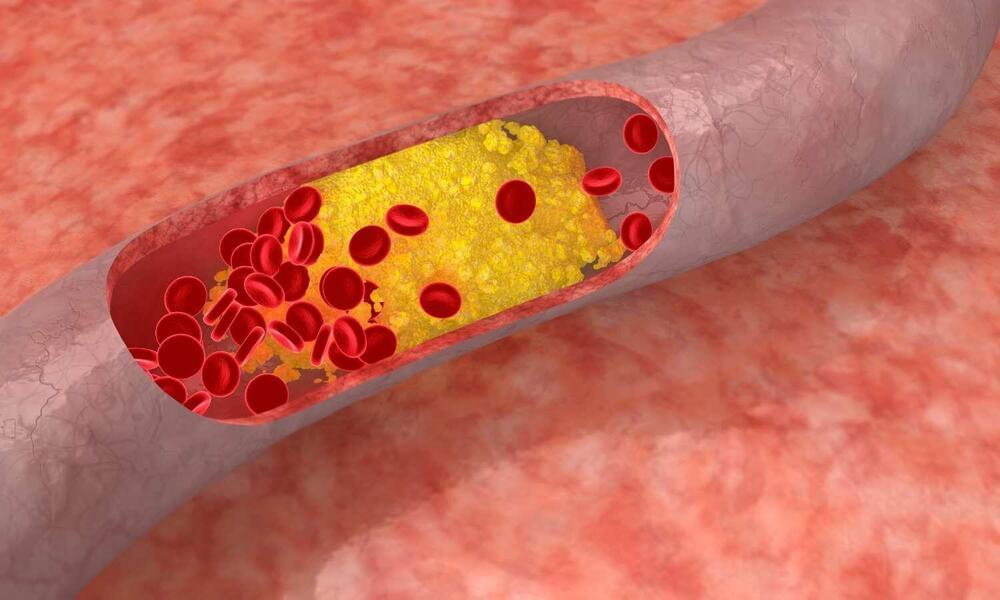
Sweden: A recent study published in the journal Circulation has revealed a link between the levels of certain bacteria living in the gut and coronary atherosclerotic plaques. The Swedish study was led by researchers at Uppsala and Lund University.
Atherosclerotic plaques are formed by the build-up of fatty and cholesterol deposits and constitute a major cause of heart attacks.
The new study was based on analyses of gut bacteria and cardiac imaging among 8,973 participants aged 50 to 65 from Uppsala and Malmö without previously known heart disease. They were all participants in the Swedish CArdioPulmonary bioImage Study (SCAPIS).
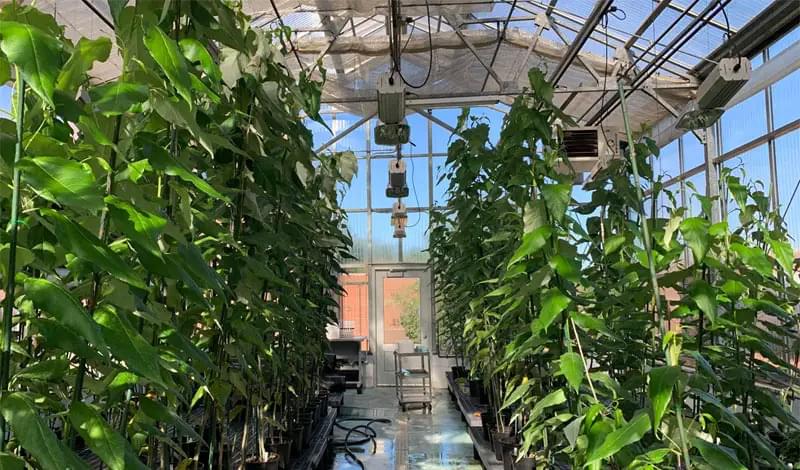
Scientists have used CRISPR gene editing to reduce the lignin content in poplar trees by as much as 50%, offering a potentially more sustainable and efficient method of fibre production.
CRISPR-modified poplar trees (left) and wild poplar trees (right), growing in a North Carolina State University greenhouse. Credit: Chenmin Yang, NCSU
Lignin is a complex organic polymer that is integral to the structure of cell walls in many types of plants, especially in wood and bark. It acts as a type of binder in these walls, giving wood its hardness and resistance to rot. Lignin is the second most abundant natural polymer in the world, next to cellulose, and makes up between 15% and 25% of the composition of wood.

Searching through a database of 1.6 billion license plate records collected over the last two years from locations across New York State, the AI determined that Zayas’ car was on a journey typical of a drug trafficker. According to a Department of Justice prosecutor filing, it made nine trips from Massachusetts to different parts of New York between October 2020 and August 2021 following routes known to be used by narcotics pushers and for conspicuously short stays. So on March 10 last year, Westchester PD pulled him over and searched his car, finding 112 grams of crack cocaine, a semiautomatic pistol and $34,000 in cash inside, according to court documents. A year later, Zayas pleaded guilty to a drug trafficking charge.
“With no judicial oversight this type of system operates at the caprice of every officer with access to it.” Ben Gold, lawyer
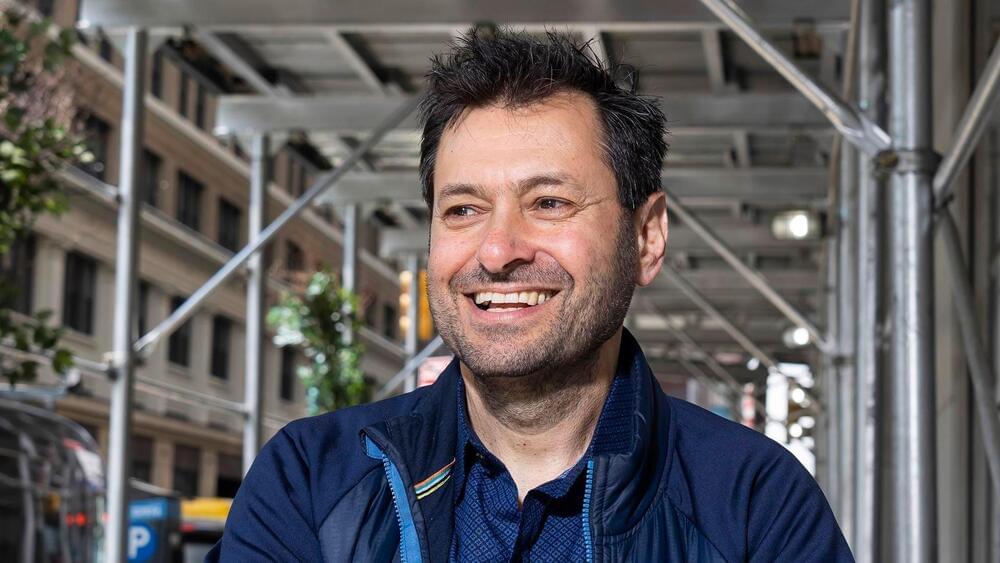
With millions of patients under its belt, digital health startup K Health is looking to scale its artificial intelligence technology in hospitals, starting with new strategic investor Cedars-Sinai.
The problem with turning to the internet.
With a new $59 million investment, digital health startup K Health is looking to scale its AI technology in hospitals, starting with new strategic investor Cedars-Sinai.
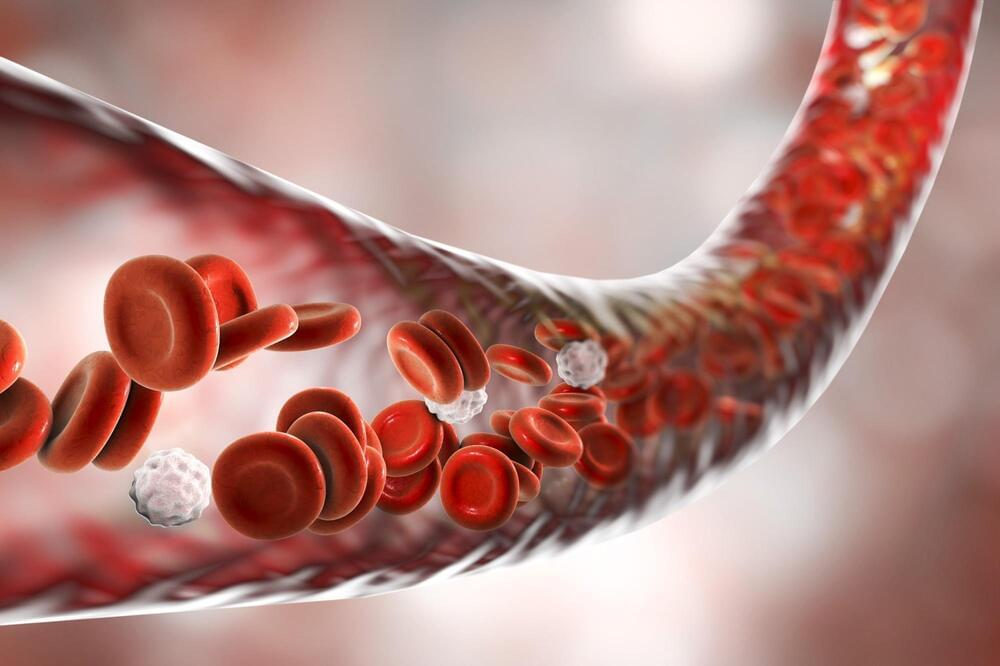
Globally, atherosclerotic cardiovascular disease (ASCVD) is the primary cause of illness and death and is much more common in with type 2 diabetes mellitus (T2DM) patients than non-diabetic individuals. Nevertheless, for approximately ten years, the identification of distinct prognostic risk biomarkers remains challenging.
In a recent study posted to the preprint server Research Square while under review for publication in Cardiovascular Diabetology, researchers investigate the prognostic value of serum proprotein convertase subtilisin/kexin type 9 (PCSK9) levels in T2DM patients to predict all-cause mortality and major adverse cardiovascular events (MACE).
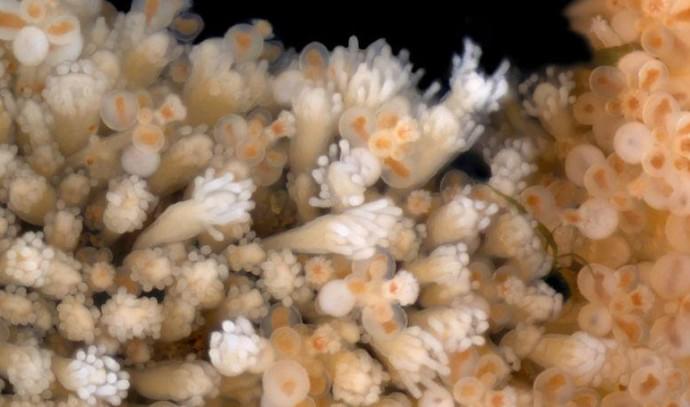

While we are used to the idea of teeth only growing twice, a new drug could make it possible to grow a third set.
Scientists are making significant strides in the development of a groundbreaking drug that could potentially enable the regrowth of teeth.
Clinical trials are scheduled to commence in July next year. They hope it will be available for dentists to use by 2030.
